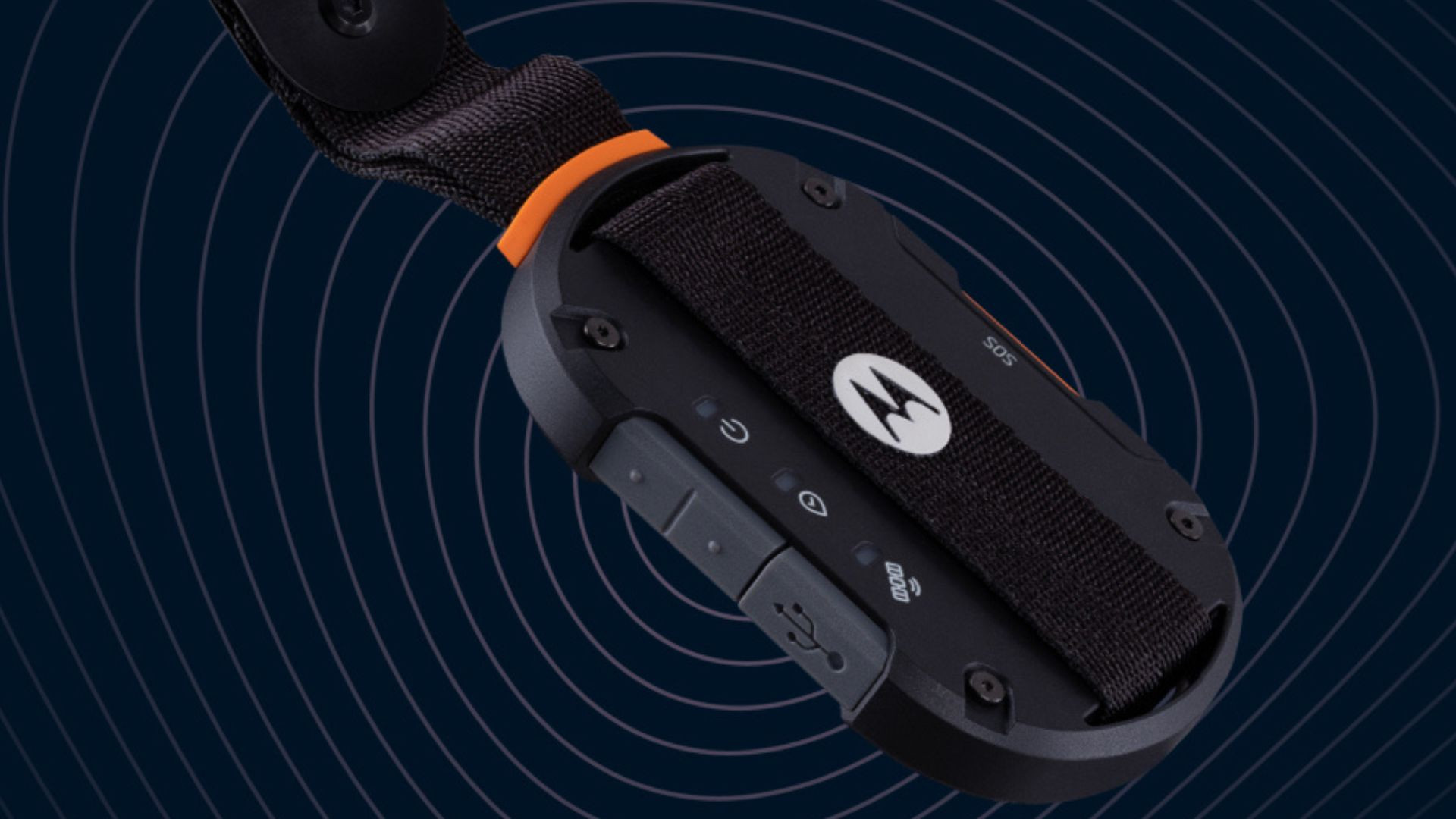您现在的位置是:Mobile space race intensifies: New devices with satellite connectivity unveiled >>正文
Mobile space race intensifies: New devices with satellite connectivity unveiled
上海品茶网 - 夜上海最新论坛社区 - 上海千花论坛9人已围观
简介By subscribing, you agree to our Terms of Use and Policies You may unsubscribe at any time.British s...
By subscribing, you agree to our Terms of Use and Policies You may unsubscribe at any time.
British smartphone firm Bullitt on Friday released a Bluetooth device that provides satellite connectivity to any iOS or Android smartphone and two smartphones with the capacity to send text messages via space.
This is according to a press release by the firm published on Friday.
The Bluetooth device offers users two-way messaging over satellite, as well as location sharing and SOS assistance. Meanwhile, the two new devices send messages to geostationary satellites about 22,000 miles (35405568 meters) above the equator, and then back down to an earth-based network infrastructure before reaching a user’s phone.
There is one caveat: receivers of this message will have to have Bullitt Messenger, the firm’s proprietary satellite messaging app, installed in order to reply. They will also have to wait 10 seconds to receive the message.
See AlsoThe new phones come in two versions: the $634.49 Caterpillar-branded Cat S75 and the $599 Motorola Defy 2.

Bullit
Many advantages
Both devices come with 5G connectivity, a 6.6-inch display and 5,000 milliampere-hour battery, which the company claims can last up to two full days.
However satellite connection is not always active. It is only turned on when a user falls outside the reach of Wi-Fi or mobile network signals.
Despite being in the works for decades, satellite phones have not yet entered mainstream usage because they are often clunky and impractical. Bullit’s new devices don’t have these limitations due to a satellite-enabled chip from Taiwanese semiconductor firm MediaTek.
“This is assuredly not a gimmick,” Tim Shepherd, Bullitt’s senior director of applications and product marketing, told CNBC.
“Reliable communication beyond the traditional reaches of the cellular network is a major issue for a lot of people, and satellite technology is now at the right level of maturity to address the problem.”

Bullit
A niche market
Ben Wood, lead analyst at CCS Insight, told CNBC that Bullitt is targeting a niche market.
“The company is a trailblazer for satellite messaging but competition is snapping at its heels,” Wood told CNBC. “That said, the target market for its devices is well suited to the technology so it has a lucrative niche to target.”
Bullitt has ambitious plans to support satellite coverage in Europe and North America at launch, with Australia and New Zealand, Africa, and Latin America to follow by mid-2023.
This is not the first time the company has put its bets on emerging technology. In 2016, it introduced what it called the world’s first thermal imaging smartphone, the Cat S60.
At the time, the firm claimed the new feature would be in 50 percent of smartphones in five years, but that never happened. Will it have better luck with its satellite phones?
Tags:
转载:欢迎各位朋友分享到网络,但转载请说明文章出处“上海品茶网 - 夜上海最新论坛社区 - 上海千花论坛”。http://www.jz08.com.cn/news/451264.html
相关文章
Sony's EYE nanosatellite demonstrates water propulsion in space
Mobile space race intensifies: New devices with satellite connectivity unveiledBy subscribing, you agree to our Terms of Use and Policies You may unsubscribe at any time.Japanese...
阅读更多
Calypso Pay integrates support for Tron, Polygon and BNBChain
Mobile space race intensifies: New devices with satellite connectivity unveiledCalypso Pay users can now enjoy support for additional cryptocurrencies on the Tron (TRX), Polygon (...
阅读更多
US government plans to use deepfakes for propaganda
Mobile space race intensifies: New devices with satellite connectivity unveiledBy subscribing, you agree to our Terms of Use and Policies You may unsubscribe at any time.The U.S....
阅读更多
热门文章
- Global Marketing Head At Coinbase Exits The Company
- India could see a trillion
- More Than 75 Crypto Exchanges Have Closed This Year
- Elrond (EGLD) Is Sliding Down the Crypto Ranking
- Filecoin price fluctuating around $60 after sharp rise as mainnet went live
- Thodex founder arrested in Albania, 40,564 years jail term imminent